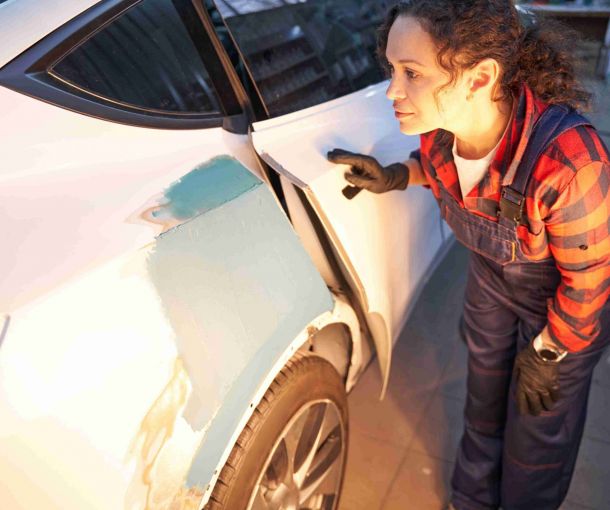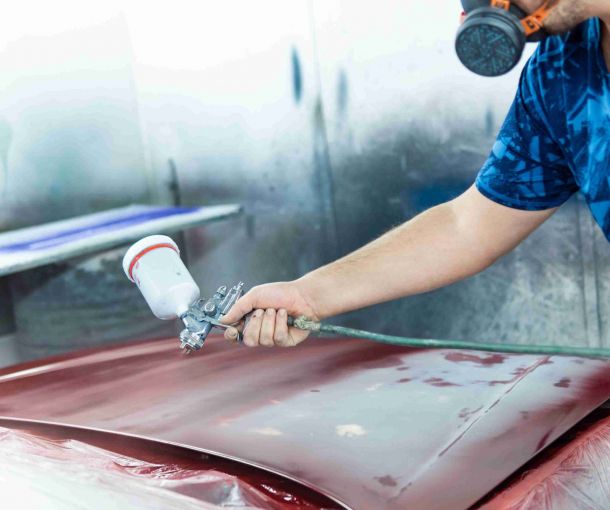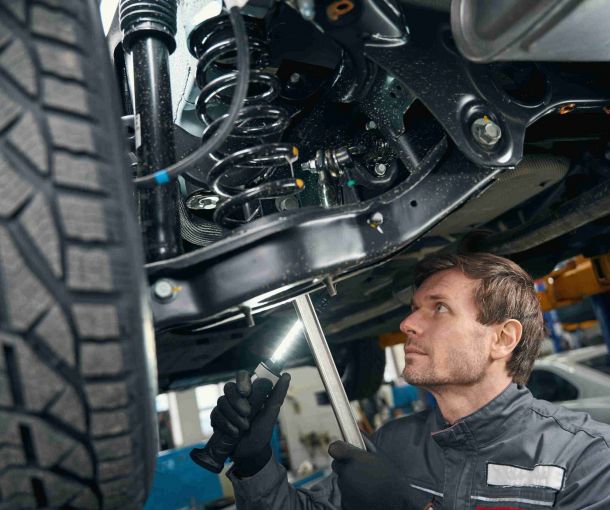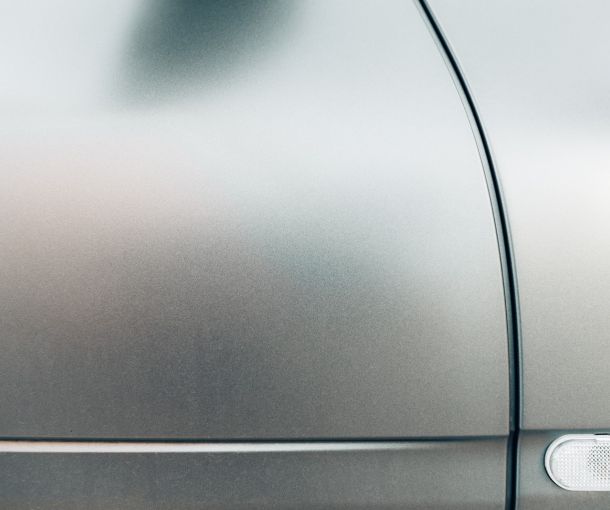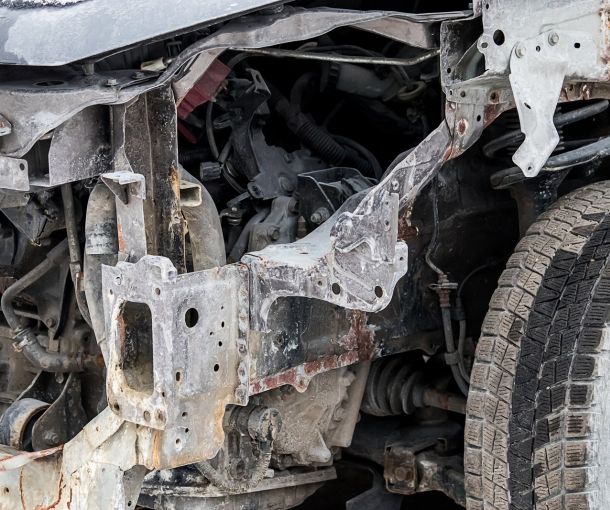Tiny Paint Chips On Car? (Here’s What To Do)

It always seems to happen at the worst time. You’ve just washed your car, it’s looking shiny, the sun hits it just right, and there it is. A tiny chip in the paint staring back at you.
They’re small, but man, do they stand out.
The good news is that they’re usually easy to handle, and you don’t need to be a professional detailer to make them look better.
In this post, we’ll show you how to fix tiny paint chips on your car like a PRO.
Table of Contents
ToggleWhat Causes Tiny Paint Chips On Cars?
Tiny paint chips don’t just appear out of nowhere. They’re usually the result of everyday driving, and some parts of your car are simply more vulnerable than others. The hood, bumper, and doors tend to get hit the most, and over time, little marks add up.
Here’s what causes these tiny paint chips on car:
- Road debris like small rocks and gravel
- Sunlight breaking down the clear coat
- Rain, snow, and road salt wearing at the finish
- Shopping carts or car doors bumping into yours
- Normal wear and tear from everyday driving
The main thing to remember is that chips are normal. Every car gets them at some point. What matters is how quickly you deal with them.

Also Read: How Much Does Paintless Dent Removal Cost?
How To Fix Tiny Paint Chips On Car
The good news is you don’t need a full auto body shop to take care of small chips.
Here’s what to do:
#1 Clean The Area
Cleaning might sound obvious, but it’s the foundation of a good repair.
If there’s dirt, wax, or road grime left in or around the chip, the paint won’t bond properly.
Wash the tiny paint chip spot with soap and water, dry it thoroughly, and then wipe it with rubbing alcohol or a wax remover.
This ensures you’re working on a fresh, contaminant-free surface that will actually hold paint the way it should.
#2 Check For Rust
Once the area’s clean, take a close look.
If the chip only scratched the clear coat or paint, you’re in luck – no rust worries. But if you see bare metal, look for tiny orange or brown spots. Even the smallest trace of rust can spread under new paint.
If you spot any, gently sand it away with very fine sandpaper or use a rust remover designed for cars.
Getting rid of it now prevents a bigger problem down the road.
Also Read: Do Suspension Springs Wear Out?
#3 Apply Primer (If Needed)
Not all chips need primer, but for deeper ones that go down to metal, it’s an important step.
Primer helps the color coat stick and adds an extra shield against moisture.
Apply just a tiny dot using a toothpick or fine brush – enough to cover the exposed metal without overflowing the chip. Let it dry completely before moving on.
Rushing this step can mess up the finish.
#4 Dab On Touch-Up Paint
This is the part where you bring the color back.
Use factory-matched touch-up paint so the repair blends with the rest of the car. Apply the paint in thin layers, letting each one dry before adding more. It’s better to build it up slowly than glob it all at once.
The goal is to fill the chip just enough so it’s level with the surrounding surface.
Done carefully, this makes the repair much less noticeable.

#5 Add Clear Coat
Touch-up paint restores the color, but clear coat brings back the shine and seals everything in.
Plus, it also adds a protective layer so the paint doesn’t chip again as easily.
Apply a small amount over the dried touch-up paint and let it cure.
Like the color coat, it’s best to keep the layers thin and controlled. Too much clear coat at once can create bumps or uneven spots.
Also Read: How Much Does It Cost To Repaint A Car?
#6 Smooth It Out (Optional)
If you want that “like it never happened” look, smoothing out the repair is the final touch.
Once the clear coat has dried, lightly wet sand the area with ultra-fine sandpaper, then polish it to restore shine. This step takes a steady hand, but it helps the repair blend perfectly into the surrounding paint.
If you’re nervous about sanding, it’s totally fine to skip.
Even without this step, the chip will be sealed and protected.
When To Call In The Pros
DIY is great for a few small chips. But sometimes it makes more sense to let a body shop handle it.
If your hood looks like it’s been peppered with confetti, or if the chips are in very noticeable spots, professional repair will give you a cleaner finish.
Shops can respray panels, blend paint perfectly, and give you that “straight from the factory” look. It costs more, but it can be worth it if you’re dealing with a lot of damage or if you’re prepping your car for resale.
Another reason to call the pros is if the chips are large, deep, or already showing rust that’s spread beyond the surface. Rust repair is very tricky and not DIY friendly.
Once it gets under the paint, it usually needs more than a dab of touch-up paint.
Bottom Line
You don’t need a ton of tools or experience to fix tiny paint chips on cars. A clean surface, a bit of touch-up paint, and a clear coat can make a chip disappear or at least keep it from getting worse.
The key is to act sooner rather than later. Small chips are quick fixes. Big ones can turn into expensive paint jobs.
And while it’s perfectly fine to do a DIY repair for a handful of chips, don’t hesitate to call a pro if your car’s covered in them or if you want a flawless finish.
Chips happen to everyone, but now you know exactly what to do when they show up.

